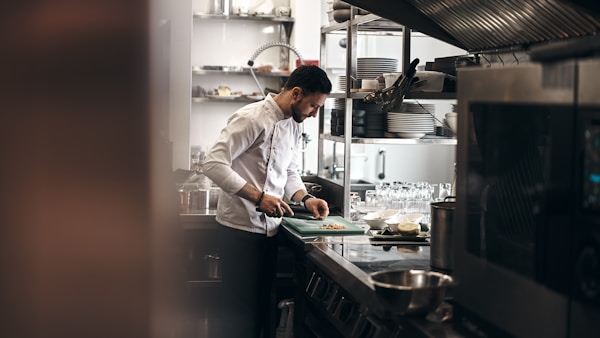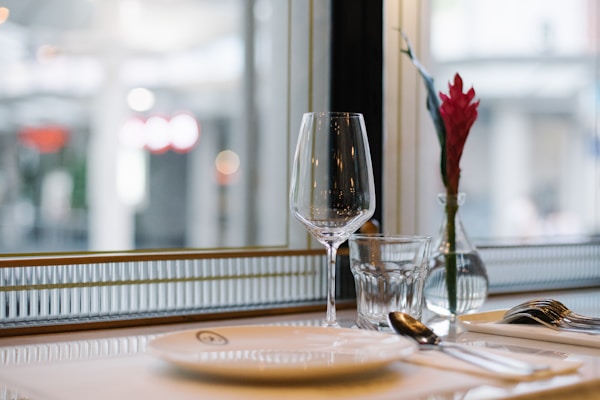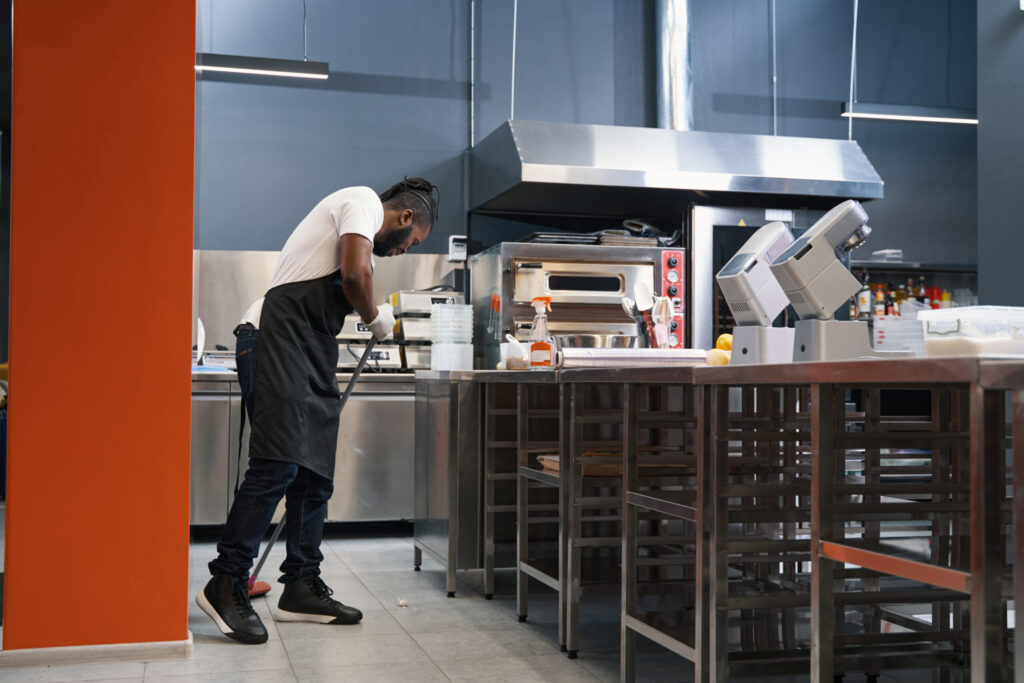Starting a restaurant can be an exciting venture, but it requires a significant investment in various types of equipment. It’s crucial to choose reliable, high-quality equipment that can withstand the demands of a busy commercial kitchen while still meeting your budgetary requirements. The type of equipment you’ll need depends on your restaurant’s size, menu offerings, and targeted customers. In this article, we’ll discuss essential types of equipment every restaurant should consider in order to operate efficiently and provide a fantastic dining experience.
Efficient Cooking Appliances
An efficient and well-equipped kitchen is the backbone of any successful restaurant. The right cooking appliances can make all the difference in preparing delicious meals and streamlining operations. Depending on your menu, you’ll need various types of ovens, ranges, griddles, and fryers to cook your dishes. Consider investing in energy-efficient appliances, as they will save you money on utility bills in the long run.
Some commercial kitchens also require specialized cooking equipment, such as pizza ovens, convection ovens, or steamers. A good example of this is panini presses used in sandwich shops or bun toasters for quick-service restaurants that serve burgers and hotdogs. By choosing reliable and high-quality cooking appliances that cater to your restaurant’s specific needs, you’ll be well on your way to providing exceptional food to your patrons.
Don’t forget about auxiliary cooking items like microwaves and slow cookers for minor or specialized tasks. While they may not be the focal point of your kitchen, having these additional appliances on hand can greatly improve the versatility and efficiency of your food preparation.
Refrigeration and Cold Storage Units

Proper food storage is critical to maintaining food safety and ensuring your ingredients remain fresh. Commercial refrigerators and freezers come in various shapes, sizes, and functionalities, ranging from reach-in units to walk-in coolers. Carefully evaluate your restaurant’s cold storage requirements, factoring in the size of your menu and consumer demand.
Refrigeration units also play a key role in presenting cold beverage options to customers. Display cases and under-counter coolers can showcase refreshing drinks behind the bar or near the checkout, enticing customers to make a purchase. Additionally, ice machines are essential for both serving drinks and keeping perishable items chilled during food preparation.
When shopping for refrigeration equipment, consider energy efficiency ratings and warranties. These factors can save you money over time and protect your investment if any issues arise.
Food Prep and Storage Equipment
Beyond cooking and keeping food chilled, proper food preparation is vital to maintaining efficiency and food safety in your restaurant. Food prep tools and equipment can range from cutting boards and knives to mixers, blenders, and food processors. While many of these tools can be found in a residential kitchen, the commercial counterparts are designed for vigorous use and large-scale food production. Determine which tools best suit your unique menu offerings and daily output requirements.
Food storage is another essential aspect of kitchen organization that is commonly overlooked. High-quality shelving, storage bins, and containers are necessary for keeping dry goods and bulk items safely stored and protected from contamination. Invest in durable and easy-to-clean storage solutions that can withstand the demands of a bustling kitchen environment.
Lastly, don’t forget about workflow and organization. Ensure that the design of your kitchen and the placement of food prep and storage equipment allows for seamless transitions between stations, enhancing overall productivity and reducing the potential for errors or accidents.
Tableware, Utensils, and Serving Equipment

Finally, you’ll need tableware, utensils, and serving equipment to provide a complete dining experience for your customers. Choose plates, bowls, glassware, and flatware that align with your restaurant’s theme and overall aesthetic. You’ll also need additional serving utensils, such as tongs and ladles, for both front and back-of-house operations.
Consider investing in high-quality tableware and utensils to withstand the frequent use and washing that occurs in a commercial dining environment. This will help prevent chipping, breaking, or tarnishing, which can detract from the customer’s dining experience.
Lastly, ensure you have the necessary smallwares like trays, serving platters, and condiment racks for efficient food delivery and presentation. These seemingly minor details can make a substantial difference in creating a memorable dining experience for your patrons.
Overall, choosing the right equipment for your restaurant is essential for its success. By focusing on efficient cooking appliances, proper refrigeration and cold storage, food preparation and storage solutions, and high-quality tableware and utensils, you’ll be well-prepared to serve fantastic meals and create lasting impressions on your customers.











